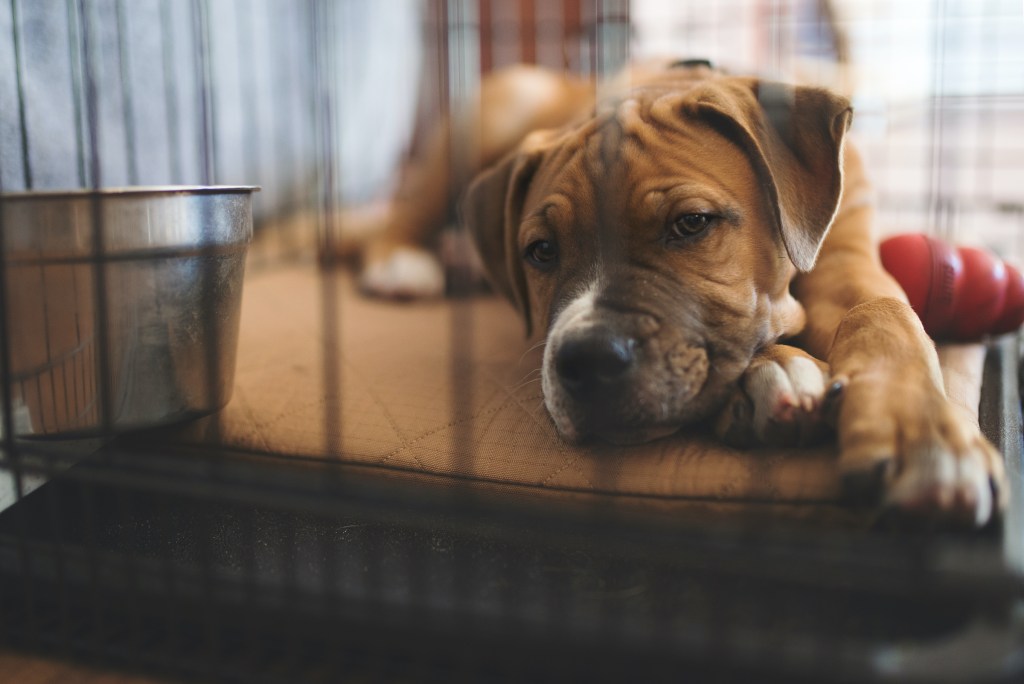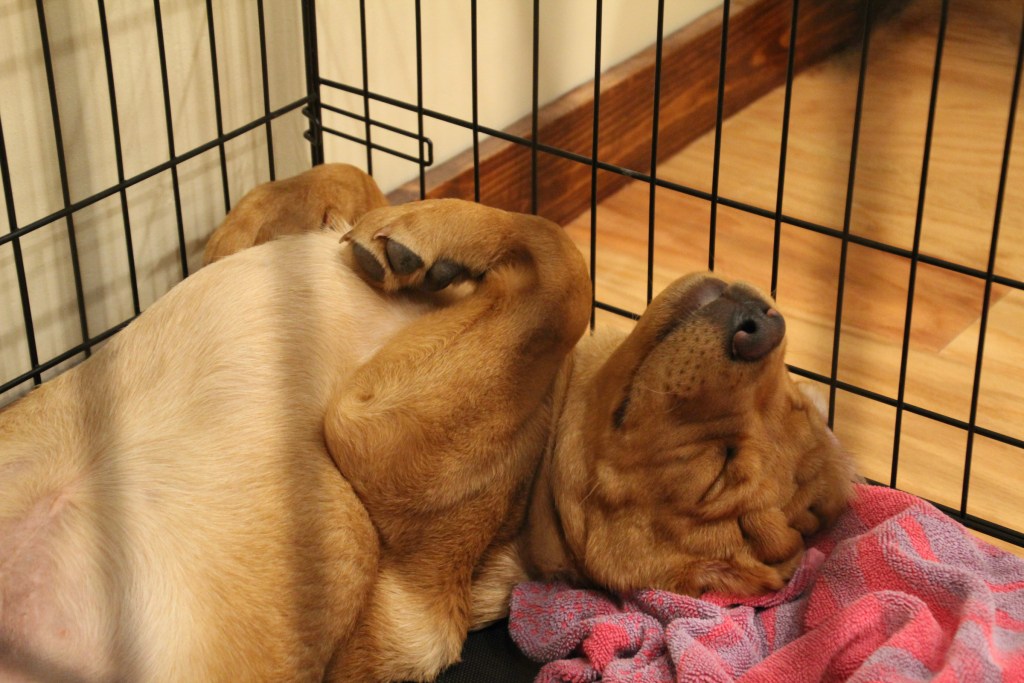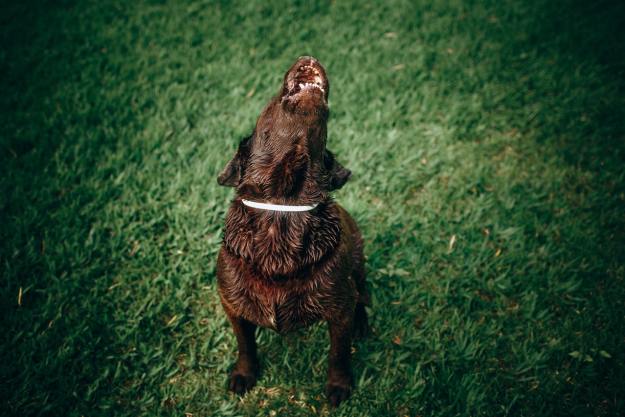Bringing home a new puppy means bringing home a lot of changes, too. You’ll need to take frequent bathroom breaks with her, and you’ll learn one way or another not to leave valuable objects at puppy height. But when pet owners start to learn how to crate-train a puppy at night, these changes might seem a bit overwhelming.
Never fear — PawTracks is here! With these tips for crate-training puppies at night, you’ll have your little fur angel sound asleep before you know it. It might take awhile before the crate becomes her bed of choice, but with some patience and positivity, you and your puppers might just find this to be a piece of cake. Here’s what you need to know:
Don’t leave your puppy in the crate too long
This is a great rule of thumb when introducing any dog to their new crate, but puppies especially need frequent breaks. Their tiny bodies need to eliminate more often than adult dogs do, so you might find yourself taking your pup to go potty several times a night. Don’t worry — she’ll outgrow this!
As you progress in your crate training, you may notice an occasional accident overnight if your pup is still in this stage. Instead of punishing her, try to be more mindful of her signals (crying, circling, etc.) that may indicate she needs a break from the crate. It may not be the most welcome midnight task, but it’s necessary for your fur baby’s well-being.

Start with a slow introduction
When your puppy first meets her new crate, don’t force her to go in it. Sniffing and exploring are great goals for the first day, though you may be able to entice your pup inside with a trail of her favorite treats. If this succeeds, don’t close the door! This might frighten your puppy and erase all your hard work thus far.
Instead, keep the crate’s door secured open during your dog’s first introduction. If the door were to swing and hit her, notes the Humane Society of the United States (HSUS), young pups could be easily frightened — therefore learning to fear the crate.
Create a positive association with the crate
To help your puppy learn to love her crate, make every experience — especially the first one — a positive one. Make sure to speak calmly and happily, and don’t forget the treats!
According to the HSUS, this is why the crate should not be used as punishment. Not only would it confuse your pup, but it would hinder her from appreciating the crate, too. It’s absolutely possible to frighten away a dog with just one negative experience. Do the best you can but remember — you’re only human!
Feed your dog in her crate
Another way to make positive associations with the crate — and to get your pup used to this space — is to use the crate at mealtimes. This will only work once your furry friend can step into the crate on command and doesn’t hate staying there (unfortunately, a stressed-out dog won’t eat) for however long it takes for her to eat.
Whether you close the crate door is up to you, but remember that it may frighten your pup if done too soon. The goal is for her to feel secure, not trapped!

Keep the crate nearby — at least for now
This is another trick that works well on nearly any dog, but it might help ease everyone’s anxiety about being separated overnight. By putting your puppy’s crate in or near your bedroom, you can keep her close during the night, which will give her a sense of security.
If you like, you can slowly move your pup’s crate to its ideal location — just not overnight! Too big a jump is nearly certain to confuse and worry your puppy, especially if you’re tied at the hip during the day. Try moving the crate a few feet per day, so she’ll get used to having both her crate and her space without thinking she’s been abandoned.
Let your puppy take the lead
When it comes to the timing of the whole process, you should consider your dog’s behavior and body language before anything else. If she seems uncomfortable or is getting anxious, you may be moving too quickly.
This should be a positive experience for your puppy that leads to her entering the crate on her own. Ideally, a crate should be a safe, comfortable place that belongs to only your dog, but if she’s stressed, she won’t want to use it. Filling the crate with some of your pup’s favorite things, like a blanket that smells like you, is a great way to create a den she’ll love.
Once your puppy gets settled into her new home, you both will be able to get a good night’s sleep. You’ll rest extra soundly knowing your best bud is safe and sound, too — priceless! Until then, that coffee will have to do!
Editors' Recommendations
- 5 surefire ways to keep your dog off your bed and get a good night’s sleep
- Taking your dog’s collar off at night: Safe move or safety risk?
- This is the ultimate week-by-week puppy training schedule every new pet parent needs
- Expert tips for taking your puppy on their first walk
- Dog playpens are a great idea for puppies and older pets alike – here are the ones we recommend




